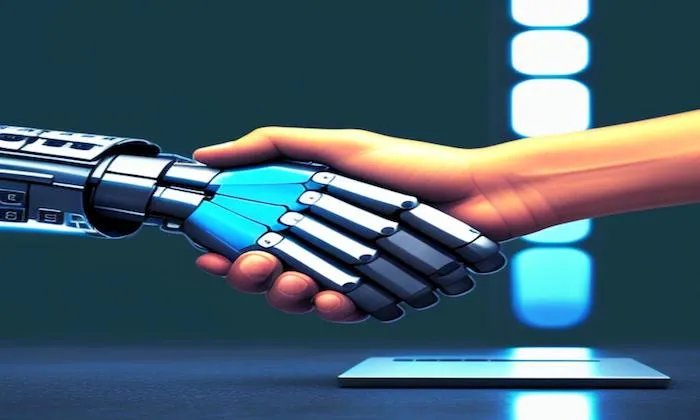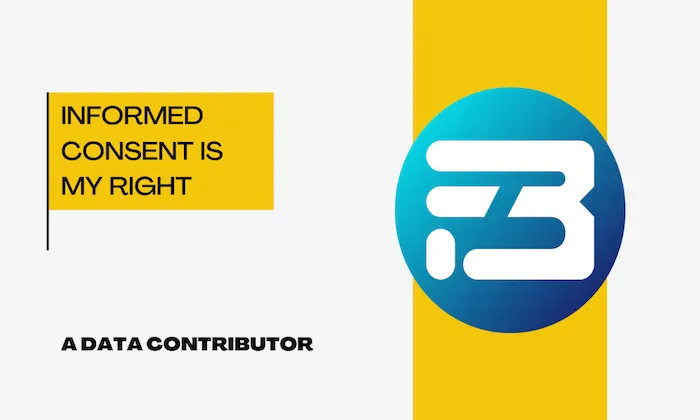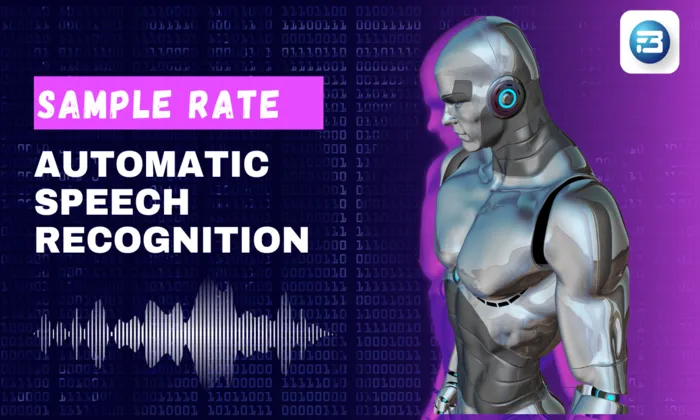How realistic are doctor dictation recordings used in AI training?
Speech Recognition
Healthcare
AI Training
Doctor dictation recordings play a pivotal role in the development of AI systems, particularly in medical contexts. These recordings, where clinicians verbally compose clinical notes, are central to training models for tasks such as automatic speech recognition (ASR) and natural language processing (NLP) in healthcare. The realism of these recordings significantly impacts their utility in AI training, influencing the accuracy and effectiveness of the models developed. Let's explore what makes these recordings realistic and why it matters.
What are Doctor Dictation Recordings?
Doctor dictation recordings are monologue-style audio files where healthcare professionals articulate clinical notes. Unlike conversations, these dictations are highly structured and focus on specific sections like the chief complaint, history of present illness, and treatment plans. This structure, coupled with the dense use of medical terminology, makes them invaluable for training AI systems to comprehend clinical language accurately.
Why Realism Matters in AI Training
The realism of doctor dictation recordings is crucial for several reasons:
- Enhanced Model Accuracy: Realistic recordings enable AI models to better grasp the nuances of clinical language, leading to higher accuracy in tasks like ASR and entity recognition. Models trained on realistic data can generalize more effectively to real-world applications.
- Diverse Clinical Scenarios: Realistic recordings encompass various clinical scenarios, from routine check-ups to complex cases, ensuring models perform well across different medical specialties and contexts.
- Bias Reduction: By incorporating a wide range of speakers with different accents and dialects, these recordings help mitigate biases, ensuring more equitable healthcare outcomes.
Key Influential Factors
Several factors contribute to the realism and effectiveness of doctor dictation recordings:
- Audio Quality: High-quality recordings with a minimum sample rate of 16 kHz and a bit depth of 16-bit are essential. High-fidelity formats like 48 kHz/24-bit further enhance clarity, helping models discern subtle speech characteristics.
- Natural Speech Elements: Including hesitations, corrections, and punctuation cues adds depth to recordings, mimicking real-world dictation practices where clinicians pause to think or correct themselves. Such elements train models to handle real dictation scenarios more effectively.
- Speaker Diversity: Engaging a diverse group of clinicians in recordings ensures variability in accents, dialects, and clinical specialties. This diversity not only aids model robustness but also aligns with best practices for inclusive AI training.
Common Missteps and Best Practices
Despite the potential benefits, common pitfalls can hinder the effectiveness of dictation recordings in AI training:
- Overlooking Context: It's vital to provide context around the dictation to prevent misunderstandings of certain terms or phrases. Understanding the clinical background and intent enhances model training.
- Neglecting Quality Control: High transcription accuracy is crucial. Aiming for a word-level accuracy of 98% or higher ensures effective AI training.
- Inadequate Annotation: Thorough annotation practices, such as mapping to RxNorm or ICD-10 codes, enrich the dataset, enhancing its utility for AI applications.
FutureBeeAI's Role in Enhancing Realism
At FutureBeeAI, we ensure that doctor dictation recordings meet high standards of realism. Our datasets are designed to reflect real-world clinical scenarios, incorporating diverse accents, speech patterns, and medical terminology. With a focus on high-quality audio and comprehensive annotation, we provide AI systems with the robust training data they need to excel in medical applications.
By partnering with FutureBeeAI, you gain access to datasets that not only meet stringent quality and compliance standards but also drive innovation in medical AI training. If you're looking to enhance your AI models with realistic and diverse dictation data, consider exploring our speech data collection offerings tailored to your specific needs.
Smart FAQs
Q: What distinguishes doctor dictation from patient-doctor conversations in AI datasets?
A: Doctor dictation is a single-speaker, structured format focused on clinical note-taking, whereas patient-doctor conversations are interactive, multi-speaker dialogues with broader linguistic variability.
Q: How does speaker diversity improve AI training with dictation recordings?
A: Diversity in accents, dialects, and specialties ensures the dataset covers a range of communication styles, enhancing model robustness and reducing bias in AI applications.
What Else Do People Ask?
Related AI Articles
Browse Matching Datasets
Acquiring high-quality AI datasets has never been easier!!!
Get in touch with our AI data expert now!








